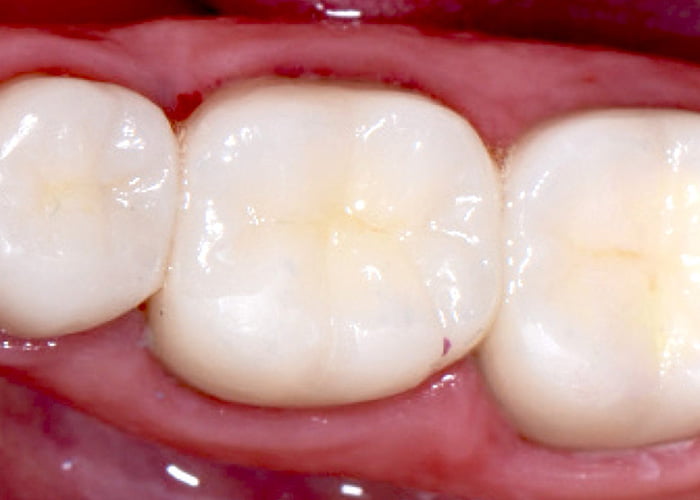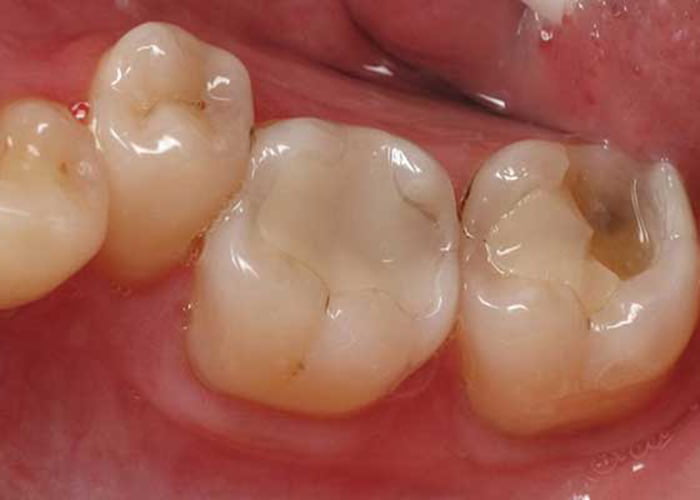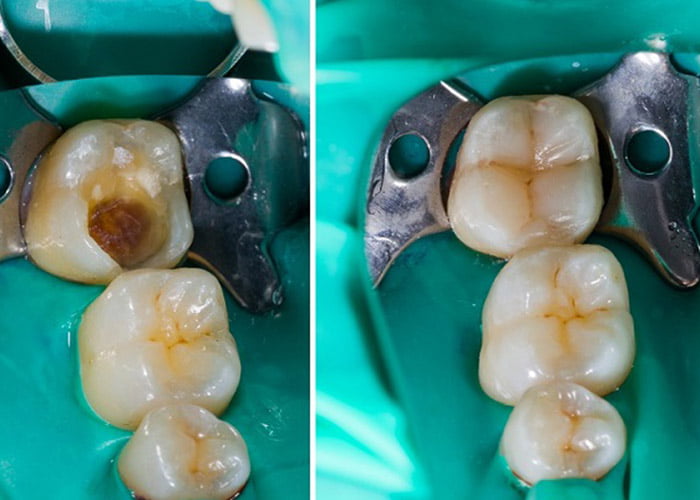When it comes to the materials that are used to replace teeth that have broken or rotted, dentists and patients have a variety of options today. A composite resin filling can be an excellent option for you if you want a filling that looks more natural. You’ve come to the correct place if you’re interested in learning more about composite fillings and how they function to repair cavities. Continue reading to learn more about a well-liked dental filling material used at your dentist’s clinic.
What are composite fillings?
Dental composite fillings are essentially ordinary dental fillings that are colored to mirror the original tooth’s natural shade. They are known by the names resin fillings, white fillings, and fillings that match the color of the tooth.
They restore damaged teeth’s cracks, fissures, and decay in the same way as conventional fillings do. A composite filling is then placed in its place after your dentist removes the decayed area or the afflicted section of the tooth.
How long do composite fillings last?
Composite fillings have an expiration date just like everything else in life. Although a composite filling’s lifespan is typically between 5 and 7 years, we have seen cases when it is much longer.
Although composite fillings are made to resist the same amount of pressure that we regularly place on our real teeth, they are not a permanent fix. It is simple to replace a filling if it becomes harmed, loose or falls out. If this occurs, you must get in touch with your dentist right enough to prevent an infection from spreading to the tooth.
Among the most frequent justifications for needing composite fillings are:
- Teeth harmed by stress, damage, or accident
- Tooth decaying teeth
- Teeth wear is caused by bruxism.
Read more: How Much Does A Dental Crown Cost in Marysville?
What does a composite filling look like?
Typically, it is putty that resembles plasticine before being consumed. Once your dentist is done, it just looks like a tooth and is placed in your mouth. You might not even be aware it’s there after it’s in the mouth and has time to solidify.

Are composite fillings safe?
Concerns about the safety of composite fillings have been raised by some, particularly the risk that the substance may be capable of inhibiting is detrimental to cells in the tissues surrounding the tooth with the filling.
According to a 2012 study, the issue can be more important for fillings with a deeper color because of the light-curing device used to harden the filling.
Trusted Source reported that much more investigation is required on potential hazards. The researchers advised dentists to avoid having the material directly touch the skin and to carefully follow the manufacturer’s instructions for factors like light intensity and light cure time.
Composite fillings benefits
Some advantage of tooth-colored resin fillings is the:
- Since they mimic the color and appearance of your actual teeth, they appear more cosmetically pleasing.
- There is less tooth structure to be removed since they require less drilling.
- Unlike other materials, which take days to solidify, they do so instantly.
- They adhere to the tooth, strengthening it and reducing the chance of breakage.
- If they are damaged, they can be fixed.
Composite fillings drawbacks
The following are some disadvantages of composite fillings:
- They require extra work from your dentist to apply to your tooth.
- After the surgery, you can have a short sensitivity in your teeth.
- They typically deteriorate more quickly than metal fillings, especially if you grind and chew your teeth frequently.
- They might become stained after frequent and/or extended exposure to meals like coffee, tea, red wine, and other stains-causing substances.
- They may deteriorate after repeated and/or prolonged exposure to alcoholic beverages.
- They cost more than fillings made using silver.
- Only visible teeth in your dental plan may be covered for resin fillings (the incisors, cuspids, and bicuspids). Furthermore, your dental insurance provider can ask you to make larger co-payments or pay more for resin fillings.
See more: Do dental fillings hurt?

Composite fillings procedure
The procedure of numbing, drilling and filling is well known if you’ve ever had an amalgam dental filling. While the process is similar to a composite filling, there are several differences.
If required, your dentist will first numb the area surrounding the tooth. The dentist should be consulted in cases where a patient may not require any numbing agents.
This filling needs a dry surface to adhere to the tooth. Most dentists isolate the tooth with a rubber dam to keep the area dry. This not only offers a dry surface but also lessens the chance of saliva getting onto the open tooth.
The dentist prepares the tooth for the filling material after removing any decay. A chemical may be applied by your dentist to aid in the filling material’s adhesion to the tooth. The multi-step bonding process needed for composite resin fillings is one of the reasons why the process frequently requires a little more time than getting an amalgam filling.
Your tooth is prepared for polishing after the dentist has placed, shaped, and dried each composite material layer.
FAQS
Does getting a composite filling hurt?
No, because the anesthetic used to numb your tooth makes receiving any filling treatment painless in general. Although the process of placing the filling in your mouth may feel uncomfortable to you, it is normal and not harmful. Contact your dentist if you experience any discomfort so they can help.
How much are composite fillings?
To match the color of tooth enamel, a resin is used to create composite fillings. They are less long-lasting yet less obvious than metal fillings. For 1-2 teeth, composite fillings may cost between $150 and $300, and for 3 or more teeth, between $200 and $550. To find out more about the cost of fillings and the cost of the service, please get in touch with our clinic.
What are dental composite materials made from?
Ceramic and plastic compounds are among the synthetic materials used to make dental composite resins. Due to their insoluble nature, good tooth-like appearance, insensitivity to dehydration, ease of manipulation, and low cost, synthetic resins have evolved into restorative materials.
Get in touch with Dentistforlife today
We’re grateful that contemporary dentistry provides patients with a range of dental treatment options. A composite filling might certainly give you a beautiful smile, among other advantages.
If you need a reliable dentist in Marysville, Ohio, look no further than Dentisforlife. You can ask any queries you may have regarding composite resin fillings to the care team at Dentisforlife. Additionally, we are available to meet all of your regular and urgent dental requirements. Make a call to us right away, and we’ll assist you in setting up your next dental appointment.



